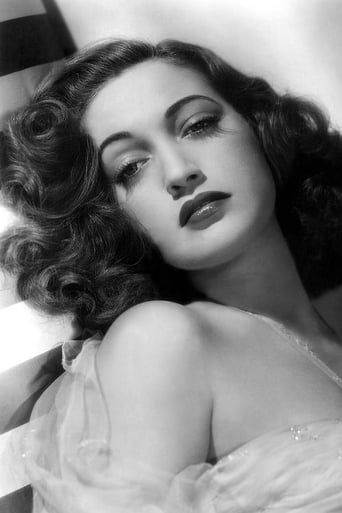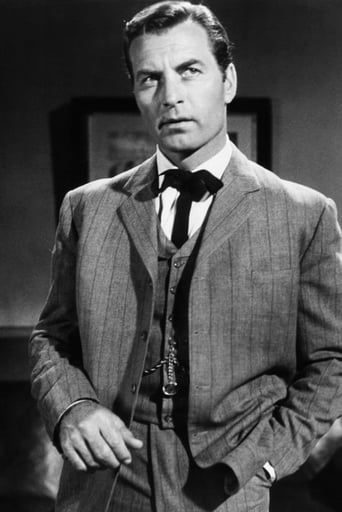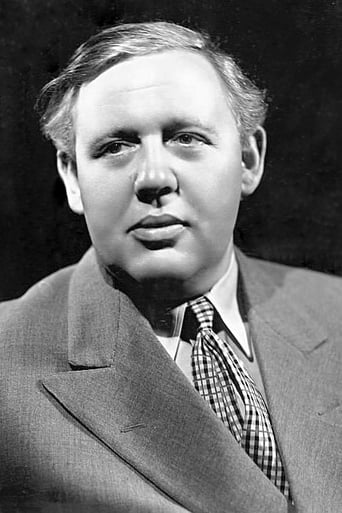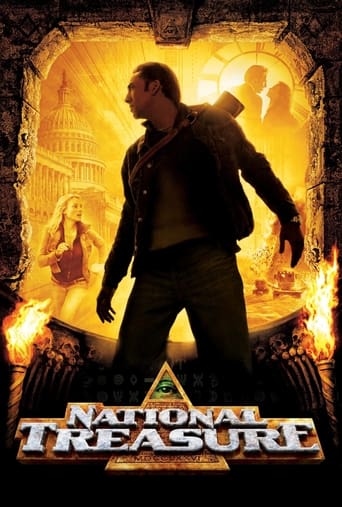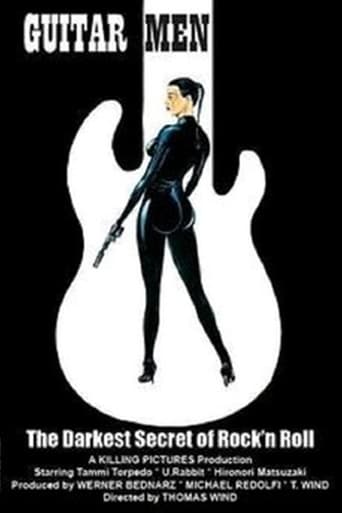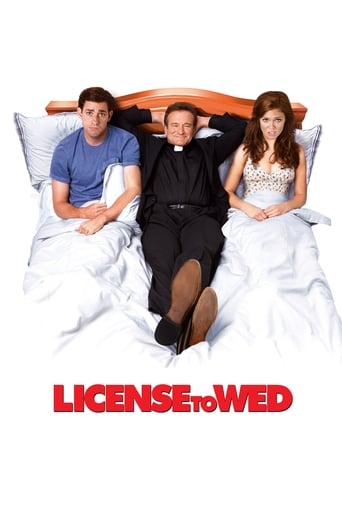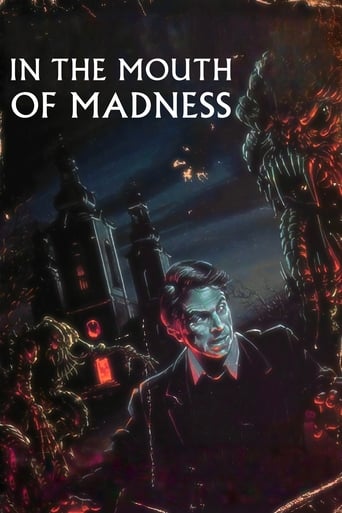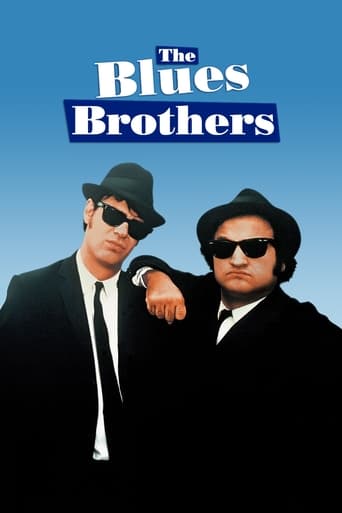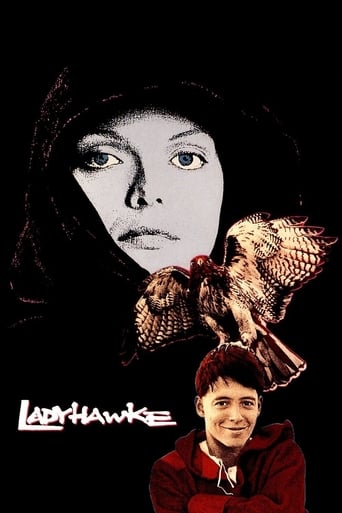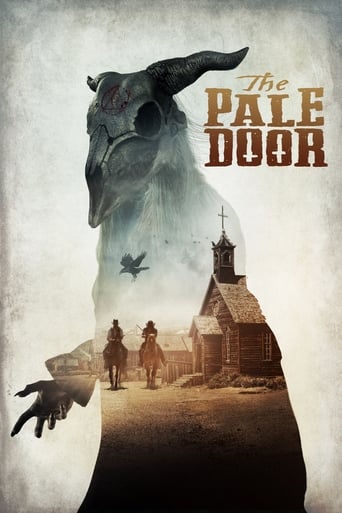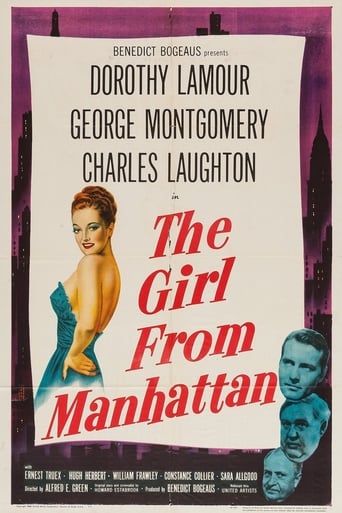

The Girl from Manhattan (1948)
A small-town girl who's made it big in New York as a fashion model returns home, only to find that her somewhat dotty uncle has mortgaged his boarding house to the hilt. In her efforts to help him keep his boarding house, she becomes involved with a handsome young minister and his superior, an older bishop.
Watch Trailer
Cast
Similar titles
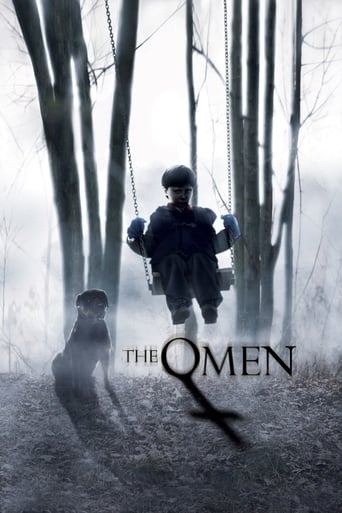
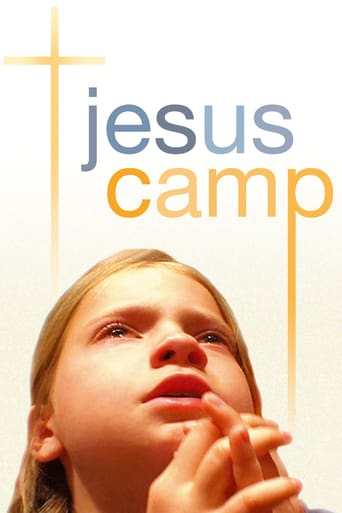
Reviews
the audience applauded
Good concept, poorly executed.
This is one of the best movies I’ve seen in a very long time. You have to go and see this on the big screen.
By the time the dramatic fireworks start popping off, each one feels earned.
Playing the title role of The Girl From Manhattan is Dorothy Lamour who came over from Paramount to do this independent film released by United Artists. Her leading man here is George Montgomery slipping out of his western and action features to play a young minister assigned to a parish by Bishop Charles Laughton. Montgomery is excited about going to a parish which is about to get a brand new spanking church. The problem is that it is going to be built on the site of a boardinghouse which Ernest Truex owns. Truex is also Dorothy Lamour's uncle.Montgomery is urged to board there by Laughton for a bit and he's caught in quite a dilemma. Of course that's nothing compared to the jackpot Truex is in. His generous easy going ways have put him in debt to Raymond Largay. In fact the only two guests that are paying regular are Lamour and Montgomery. The rest to be brutally frank are a gang of deadbeats. But they are delightful deadbeats like Constance Collier, Hugh Herbert, Frank Orth and more. It's just like the Vanderhof house in You Can't Take It With You.Truex's jackpot is similar to the one Lionel Barrymore is in in the Frank Capra film. The tone here is far more whimsical than the one George S. Kaufman and Moss Hart took with their story. I wish there had been more of Charles Laughton. He isn't given much to do, but does create an interesting character in his Bishop with very little to work with.The Girl From Manhattan is a pleasant bit of viewing, but could have been better.
The edges of this movie are tolerable. You have some fine, easily recognized actors doing some amusing bits, including Charles Laughton, Hugh Herbert, and George Chandler. The characters in the boarding house, eccentric misfits, are sweet and amusing.The problem is the center of the movie. Why would anybody put Dorothy Lamour, one of the sexiest and most beautiful women in the world in 1948, in a movie where her leading man is a priest? Lamour is stripped of all sexiness and there's not a hint of desire in any of her scenes with George Montgomery (Rev. Tom Walker). The only emotions that she's allowed to display next to the priest is some nostalgia for their youthful friendship and a bit of anger that he doesn't help her to save her uncle's boarding house.What should have been the center of the movie, Lamour seducing the new priest from his vows, gets sublimated into the priest trying to decide if he can be as good a priest as his dead father.The movie is simply annoying most of the time. The sets, costumes, direction and editing are on the level of a bad, cheap, 1950's television episode. I kept checking how much time was left every five minutes.George Montgomery, Dorothy Lamour and Charles Laughton fans might want to sit through it for the sake of cinematic completeness. Everyone else will have a difficult time making it to the end.
The Girl from Manhattan (1948)I feel like an ogre saying this is a goodie-goodie movie, and that is just a bore. It isn't bad deep down, not in any one way, and it moves along reasonably, the acting fine if unexciting, the filming solid if routine. But none of it is exceptional, even the leading role played by the title character, the super model of 1947 (in the movie): Dorothy Lamour. Charles Laughton as the bishop is impeccable but he's purely secondary.What holds it back most is just the story, about some people who are misfits and yet lovable in their quirks, and who are facing eviction from their old boarding house. The local church, of all things, wants the land where they live and a local real estate bad guy is orchestrating the eviction. All of this has shades of two Frank Capra movies, "It's a Wonderful Life" (with the community pulling together to save a good, selfless man and his house) and the rather zany "You Can't Take It with You" (with a nutty family all living together being nutty and oblivious to the real world). But the writing here is neither impassioned enough, nor funny enough, nor just plain original and warm enough to rise above. It trods along dutifully.The main character beside Lamour is a man who seems to have the poise and good looks to take command of his leading role but he is just lifeless on screen, and that's George Montgomery. I don't think even Jimmy Stewart (who was in both the Capra movies, by coincidence) could have lifted up this whole affair, but you can picture a much more moving and convincing and entertaining movie with him in Montgomery's place. Of course, we know whose side we are on. The story of these good people being threatened by greed makes you root for them against the church meanies (shades of "The Bishop's Wife" also appears in this aspect). But I had to keep consciously trying to get involved, which isn't how a movie should work. I wanted to like it. Even the dramatic turning point toward the end is dull as old bread, in the writing and the delivery. The director, Alfred E. Green, is known for quantity over quality, and is really a 1930s director, which might say something about his approach in filming as well as subject matter. Though he helped Bette Davis launch her career in 1935, by 1948 he was at the end of his career in films. It's nothing much, enjoyable if you are open to something sweet and plain.
I haven't seen the film since 1948 and the only thing I remember is the "mink coat/synthetic mink coat" dialog between Dorothy and Charles Laughton: The Bishop, eying the coat, asks..."has it suddenly turned cold out"? Carol, wearing the mink, explains that she drove in with her convertible top down but realizes instantly that the suspicious, curmudgeonly old Bishop KNOWS how beautiful New York models GET mink coats, offers that it isn't real mink, but synthetic and given to her for modeling it. Carol departs; The Bishop picks up the telephone and dials a number. "Fred... this is the Bishop..... Is there such a thing as synthetic mink"? (scoffingly--Fred you're going to think I'm daft for even asking a question to which I already know the answer) We don't hear the reply but Laughton's reflective face, voice and manner make the movie for me. Sure it is a knock-off on the popularity of "Going my way" but when has Hollywood ever failed to cash in on a good thing and Laughton, here, is as memorable as Orson Welles working in other peoples' less than stellar films. I will suggest to TCM that they run the film so I can see it again.
